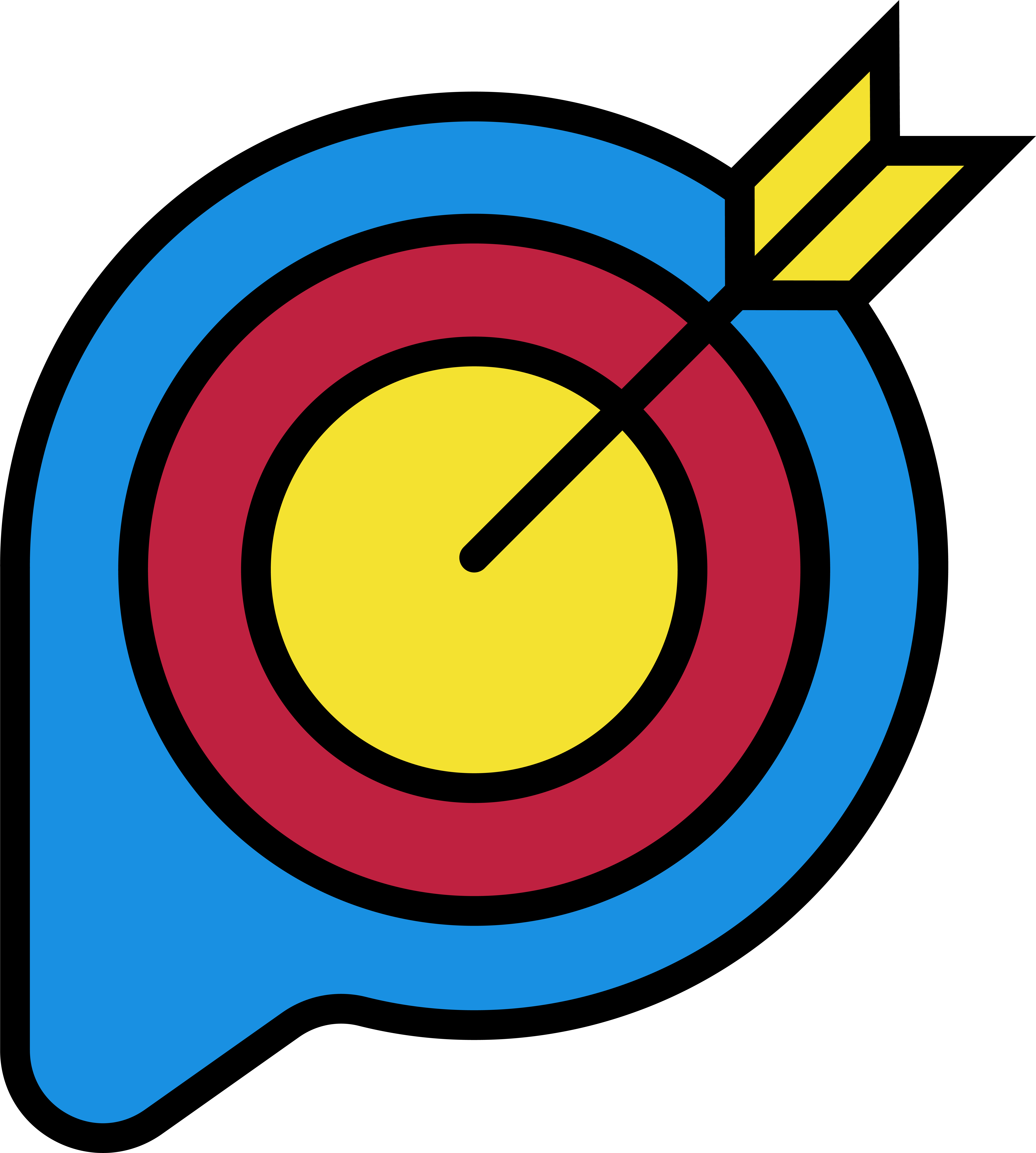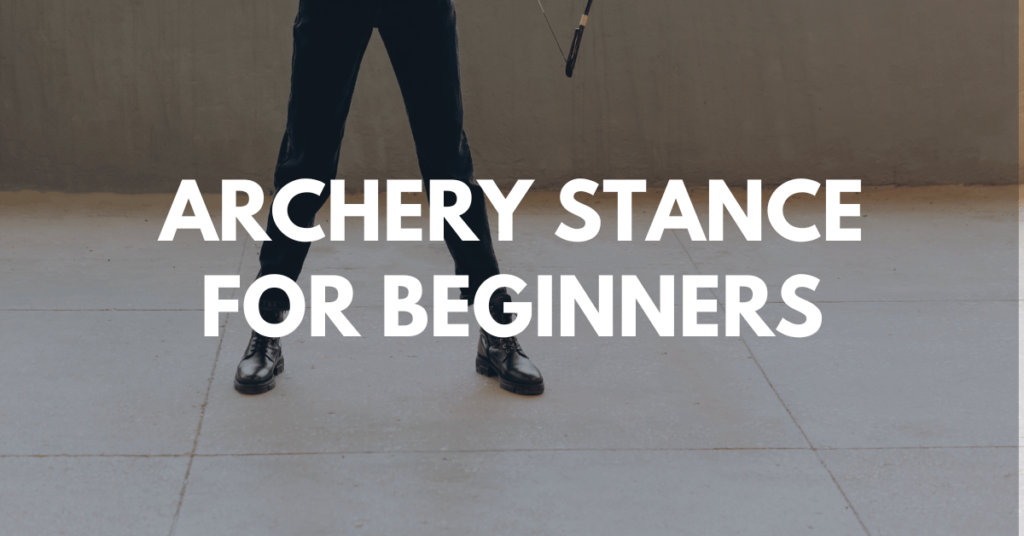
What is the right archery posture?
The foundation of a strong archery technique lies in maintaining the right shooting posture. This fundamental aspect ensures that your body collaborates seamlessly with your bow, resulting in more accurate and consistent shooting performance.
If you’re stepping into the world of archery for the first time or finding it challenging to maintain a steady performance, it’s worth taking a close look at your shooting posture.
Moreover, one of the reasons why you need to ensure the right archery posture is due to the shot cycle. It is the second step in the archery shot cycle. If your posture is not strong enough, your overall form will suffer.
Today, we’ll talk about the right posture in archery and how to achieve it. Let’s get started.
Shooting Stance
The cornerstone of achieving an appropriate shooting posture in archery revolves around the positioning of your feet. Although there are a few potential variations, all of them adhere to the common principle of positioning the archer’s feet at roughly shoulder width while maintaining a slight bend in the knees.
The neutral stance, for instance, involves aligning the feet symmetrically, forming a perpendicular line with the arrow, and ensuring that the hips remain parallel to the arrow when drawn to its fullest extent.
Alternatively, the closed stance introduces a slight stagger in foot placement, positioning the front foot slightly ahead of the rear one, while angling the hips towards the target.
Additionally, the open stance utilizes staggered foot positioning. In this case, you position the front foot behind the rear foot and orient the hips away from the target.
Selecting the optimal shooting stance hinges on your personal preference and comfort. Experimenting with all three positions – neutral, closed, and open – is recommended. By doing so, you can identify the stance that aligns most naturally with your body and shooting style.
Related post: What is the best archery stance for beginners?
The Torso Position
Discrepancies in the alignment of your torso can significantly impact the precision and consistency of your shots. To uphold an effective posture, it’s crucial that the archer’s torso maintains an erect stance, aligning the collarbone parallel to the arrow’s direction.
You need to be alert to avoid tilting your hips forward or backward, as well as swaying them inward or outward in relation to the bow. Furthermore, it’s essential to eliminate any lateral curvature of the torso to either side. This bending can lead to leaning either towards or away from the bow.
This aspect of archery posture is a common pitfall. Some archers lean aggressively forward into the shot, while others, typically beginners, lean backward. The inclination to lean away from the target and bow can sometimes stem from using a bow with a draw length that’s too long for the archer’s physique.
If you suspect that this issue might be impacting your shooting form, it’s advisable to seek guidance from an archery shop. They can assist you in ensuring that your bow is adequately adjusted to your body, aiding in the resolution of potential posture-related problems.
Head Position
Once you’ve established the stance that suits you best and fine-tuned the alignment of your torso, it’s essential to focus on maintaining proper head posture. Keep your head held upright, with your chin parallel to the ground.
While keeping your head in this position, gently turn your face towards the downrange area. This adjustment ensures that your head is positioned correctly, laying the foundation for effective shooting.
Do not tilt your head up or down as it will introduce problems with your arrows. Some might go up or down depending on your head position. Besides, you do not walk normally while your chin is up, right?
Shoulder Position
The positioning of your release arm’s shoulder should naturally align when you have correctly set your elbow and lower arm. In addition, the manipulation of your bow arm’s shoulder tends to introduce complexities.
Allow the front shoulder of your bow arm to rest in its natural position. One common mistake is pulling back this shoulder towards the rear, causing it to elevate. On the other hand, stretching it too far forward results in a shoulder positioned too low.
The inclination for the front shoulder to overly extend is frequently associated with using a bow that has a draw length mismatched with an individual’s size.
Elbow and Lower Arm Position
Properly positioning the elbow on your release arm involves ensuring it extends directly away from the target, parallel to the ground.
On the other hand, the elbow of your bow arm should exhibit a slightly outward and downward orientation, moving away from the bow.
When correctly established, the bow arm’s elbow showcases a subtle, natural flexion. This alignment subsequently influences the proper positioning of the bow hand, with the thumb forming an angle of approximately 45 degrees.
A common misjudgment is to angle the bow arm’s elbow directly downward, a misalignment that can lead to the bowstring impacting your forearm upon release. Furthermore, this posture may cause the thumb to adopt a vertically oriented “thumbs-up” stance, potentially impeding a proper grasp on the bow.
Anchor Point
The anchor point represents the final puzzle piece in achieving a correct archery posture. Among those who favor recurve bows, the prevailing practice is to establish the anchor point below the chin or at the corner of the mouth.
Moreover, compound bow enthusiasts commonly find their anchor point along or slightly behind the jawbone. The exact location of the anchor point can differ between archers, contingent on factors such as their facial structure and their choice of release mechanism.
However, the paramount consideration is to identify an anchor point that feels natural and consistently maintains that position throughout the full draw and the subsequent shot.
Utilizing these guidelines will help ensure that your archery posture remains sound. To validate your posture or identify any potential issues, consider recording a video of yourself while executing shots and subsequently reviewing the recording.
If you encounter challenges with certain aspects of your posture, don’t hesitate to seek assistance from a qualified archery coach. Their expert insights and feedback can help you achieve the right archery posture and improve your technique.



